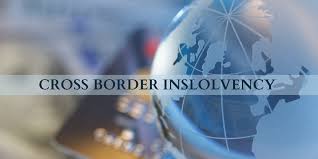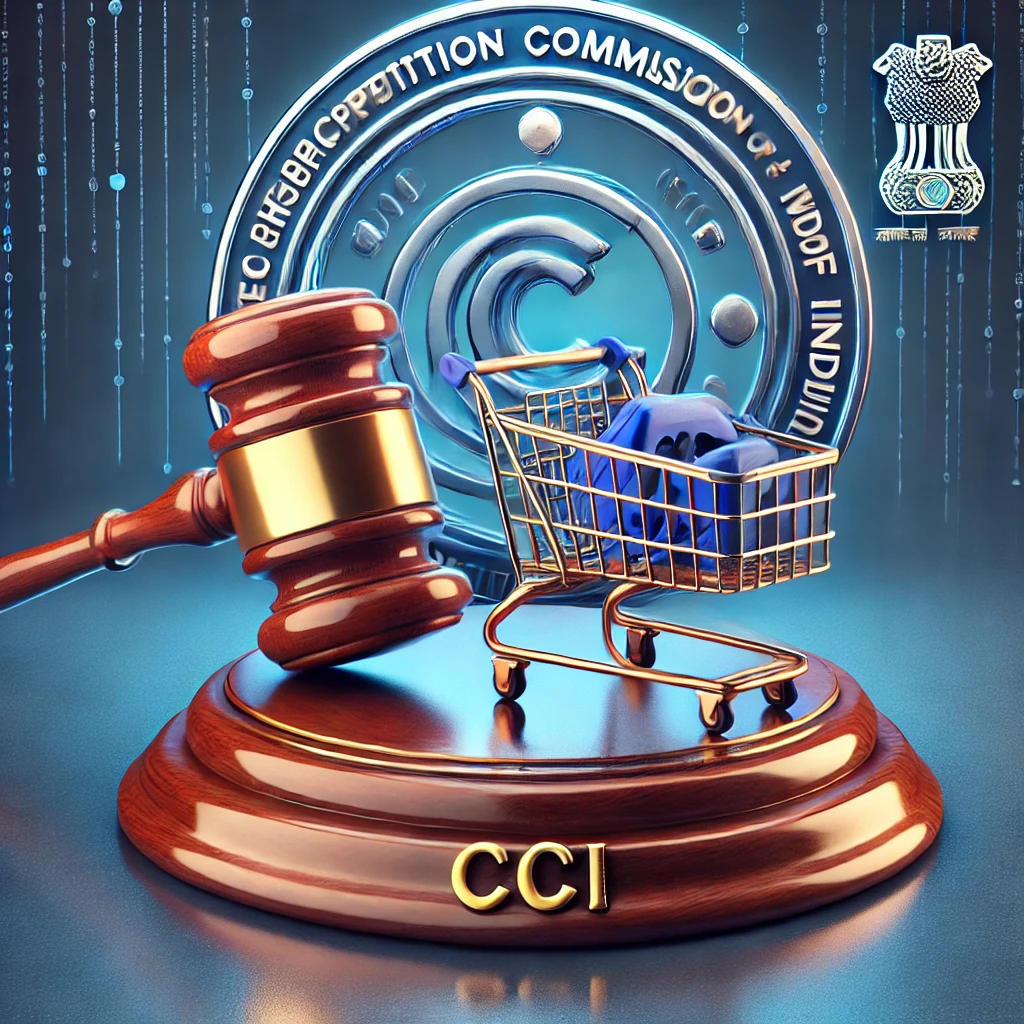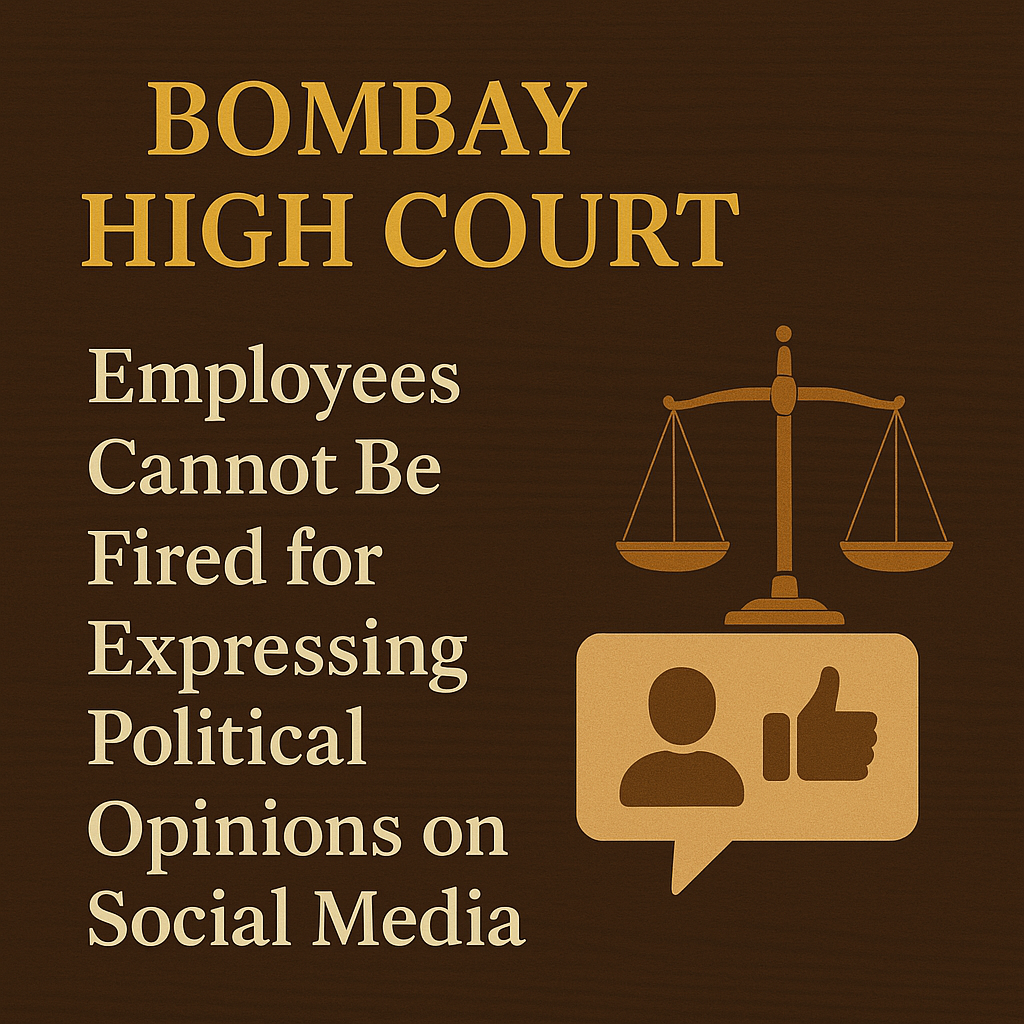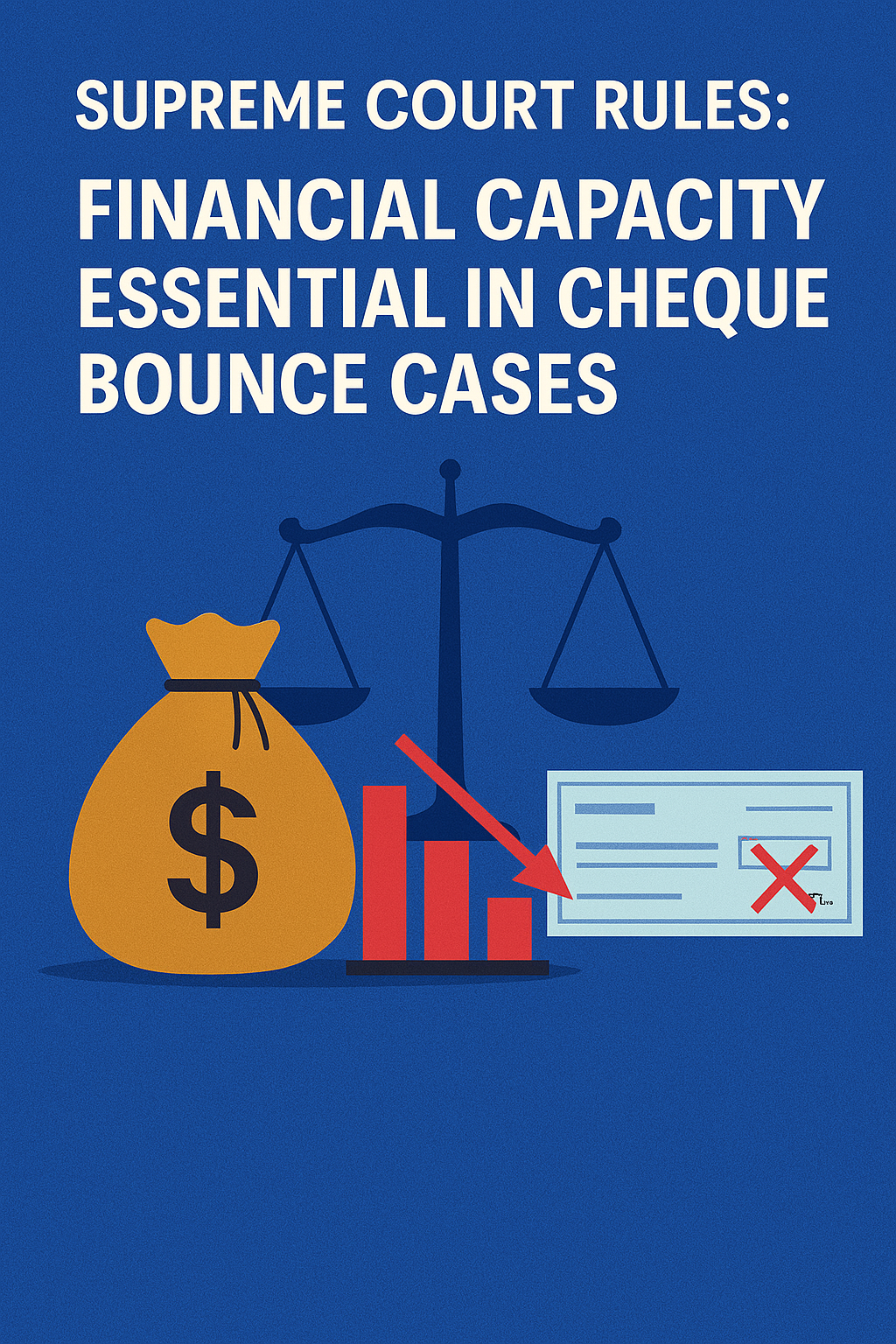Claims Against a Bankruptcy Estate under Bankruptcy Law
Claims Against a Bankruptcy Estate: Detailed Explanation
Overview
When an individual or business files for bankruptcy, all of their assets become part of the bankruptcy estate. The estate is managed by a trustee (in some cases, the debtor remains in possession). Creditors with valid claims must assert their claims against the estate to seek repayment from the debtor’s assets.
Key Concepts
Bankruptcy Estate Formation
The bankruptcy estate includes all legal or equitable interests of the debtor in property at the time of filing.
Property acquired after filing generally does not become part of the estate unless under specific exceptions.
Types of Claims Against the Estate
Secured Claims: Claims backed by collateral (e.g., mortgages, liens).
Priority Claims: Claims given special status by law, such as certain taxes, employee wages, and child support.
Unsecured Claims: Claims without collateral, often paid after secured and priority claims.
Administrative Claims: Expenses of preserving the estate, including trustee fees and attorneys’ fees.
Filing Claims
Creditors must file a proof of claim within deadlines set by the bankruptcy court (called the claims bar date).
Failure to file a timely proof of claim can result in disallowance.
Allowance and Disallowance of Claims
The trustee or debtor may object to claims, and the court will determine validity and amount.
Claims can be reduced, disallowed, or allowed as filed based on evidence and bankruptcy code provisions.
Priority and Distribution
Bankruptcy code (11 U.S.C. § 507) defines the order in which claims are paid.
Secured claims are paid from collateral proceeds.
Priority claims are paid before general unsecured claims.
Remaining funds are distributed pro rata to unsecured creditors.
Claims Against Non-Debtor Parties
Sometimes creditors assert claims related to the debtor’s estate against third parties (e.g., guarantors).
These claims are handled outside the bankruptcy estate but can affect overall recovery.
Detailed Explanation of Selected Provisions
1. Proof of Claim
A creditor files a written statement detailing the amount owed, basis for the claim, and any supporting documents.
The trustee reviews claims and reports objections or allowances to the court.
Creditors can amend claims if necessary before final distribution.
2. Priority Claims
Examples include:
Administrative expenses (11 U.S.C. § 503(b)): fees for professionals employed by the estate.
Certain taxes (11 U.S.C. § 507(a)(8)).
Domestic support obligations (child support, alimony).
Unpaid wages or benefits to employees (up to statutory caps).
3. Objections to Claims
The debtor or trustee may object if a claim is:
Not supported by documentation.
Filed late without excuse.
Exceeds the amount owed.
For debts discharged by the bankruptcy.
The court holds hearings to resolve disputes.
4. Discharge and Effect on Claims
In many bankruptcy cases, the debtor receives a discharge that eliminates personal liability on most debts.
Claims that survive discharge may still be enforceable.
Secured creditors can enforce rights against collateral even after discharge.
Relevant Case Law
1. Katchen v. Landy, 382 U.S. 323 (1966)
Issue: Whether a bankruptcy court has jurisdiction to determine claims related to estate distributions.
Holding: The Supreme Court affirmed the bankruptcy court’s authority to determine claims and set priorities.
Significance: Established that bankruptcy courts have broad jurisdiction to decide disputes over claims against the estate.
2. Stern v. Marshall, 564 U.S. 462 (2011)
Issue: Whether bankruptcy courts can enter final judgment on state-law counterclaims related to claims against the estate.
Holding: The Supreme Court limited the jurisdiction of bankruptcy courts, requiring some claims to be adjudicated by Article III courts.
Significance: Affected how certain claims are litigated within bankruptcy cases.
3. In re American Way Service Corp., 229 F.3d 788 (9th Cir. 2000)
Issue: Allowed a late-filed claim where creditor was misled by debtor’s conduct.
Holding: Courts have discretion to allow late claims for cause.
Significance: Shows courts may be flexible on claim deadlines in equitable circumstances.
4. Howard Delivery Service Inc. v. Zurich American Insurance Co., 547 U.S. 651 (2006)
Issue: Whether an insurance claim was a “claim” against the bankruptcy estate.
Holding: The Supreme Court held that “claim” includes contingent rights to payment.
Significance: Broad interpretation of what constitutes a claim in bankruptcy.
Summary
Claims against a bankruptcy estate must be properly asserted through proofs of claim and are subject to court approval. Priority rules determine payment order, with secured claims and administrative expenses generally paid first. Bankruptcy courts have jurisdiction over claims but face constitutional limits on some matters. Timely filing and accurate documentation are crucial for creditors to recover in bankruptcy.




























0 comments